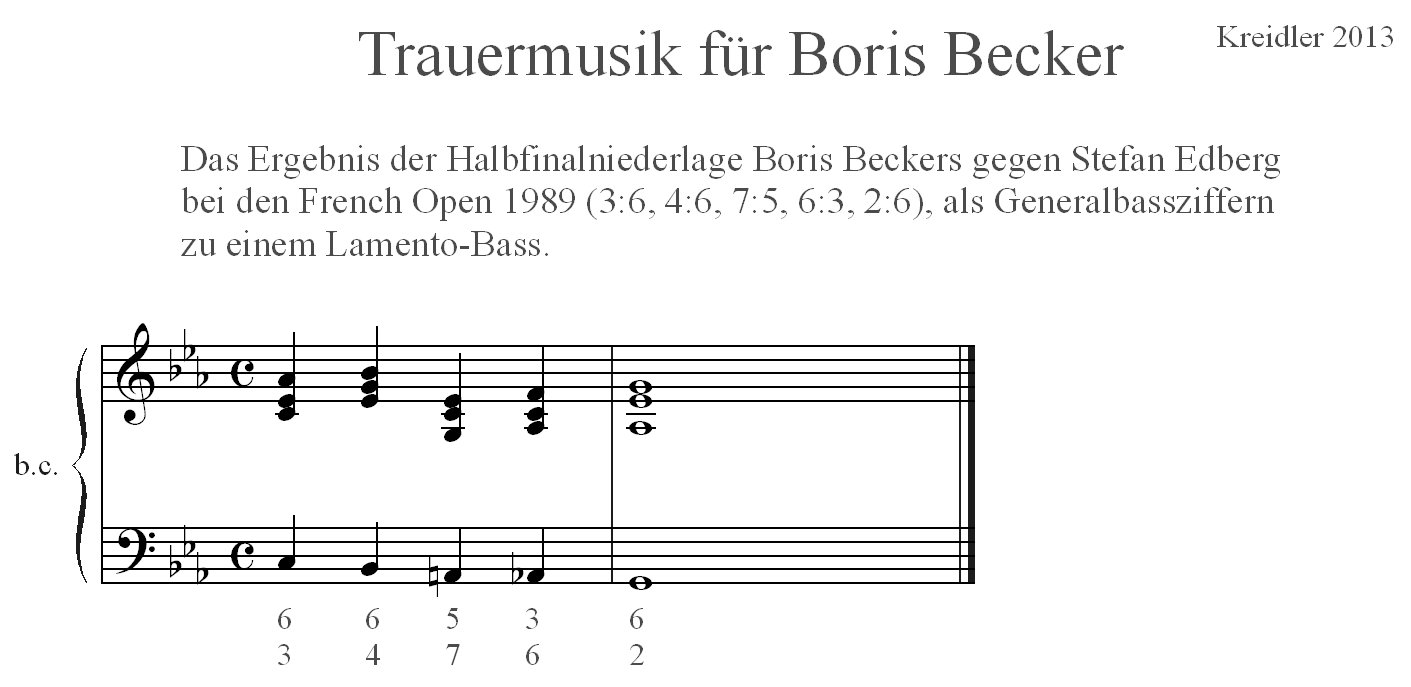Für alle, die die Strömung des „Neuen Konzeptualismus“ interessiert, ein sehr interessanter Text von Kenneth Goldsmith im „New Yorker“ über neue konzeptuelle Formen von Literatur im Internet. Er nennt es „conceptualism in the wild“.
In the past decade, writers have been culling the Internet for material, making books that are more focussed on collecting than on reading. These ways of writing—word processing, databasing, recycling, appropriating, intentionally plagiarizing, identity ciphering, and intensive programming, to name just a few—have traditionally been considered outside the scope of literary practice.
Vergleichbar mit meinen „Sätzen über musikalische Konzeptkunst“ hat Goldsmith auch „Paragraphs on Conceptual Writing“ verfasst.





